Description
Choosing a Pet Ball Python Snake
Choosing a healthy snake is very important. Look for these qualities in a healthy snake:
- Well-rounded body
- Clean and clear eyes
- Breathes without wheezing
- No bubbles or liquid around nostrils
- Alert behavior
- Gently grips your arm or hand when held
Owning a Ball Python
Ball pythons, also known as royal pythons or Python regius, are in the same snake family as boas. All of these snakes are constrictors. Constrictor snakes wrap their body around their prey until the creature suffocates, then they swallow it whole.

Food and Water
Ball pythons can be fed exclusively mice or small to medium-sized rats (as appropriate for the size of the snake) and only need to be fed every week or two.2 Young snakes should be fed fuzzy mice every 5 to 7 days, while older snakes should be fed increasingly larger prey and can go a little longer, up to two weeks. Use pre-killed prey since live mice can injure a snake. Dangling the prey in front of the snake with forceps usually gets the snake interested in it.
Moving the snake out of its cage into a separate enclosure for feeding is a good idea and will help in the taming process. The snake will associate eating with the other enclosure and is less likely to confuse your hand for prey when you put your hand into the cage. This will make it easier to reach into the cage to get the ball python out for handling.
Ball pythons are so named because, when threatened, they roll themselves into a tight ball, tucking their head inside their coils. Young ball pythons grow about a foot a year for three years. They can live for 50 years with proper care, and it’s possible for them to live for decades longer.

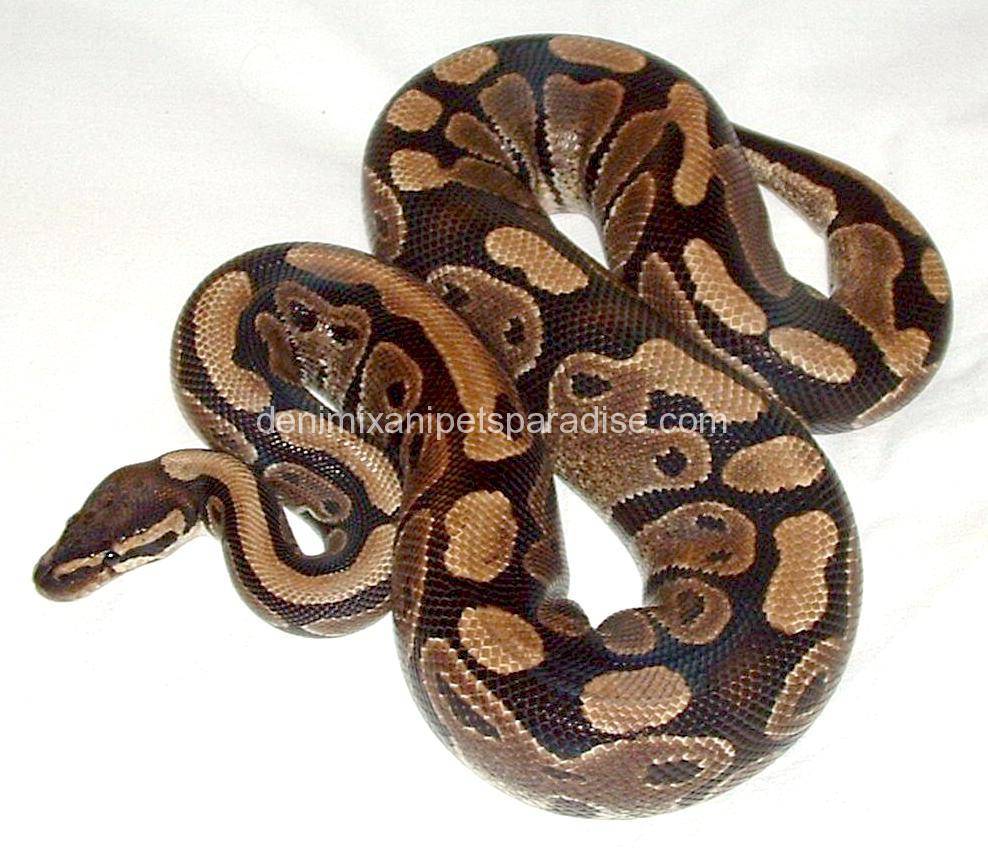
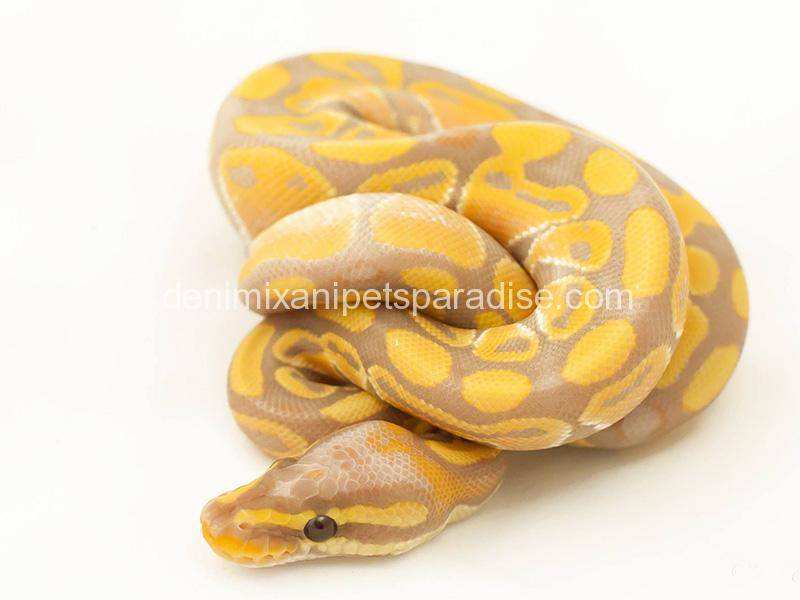

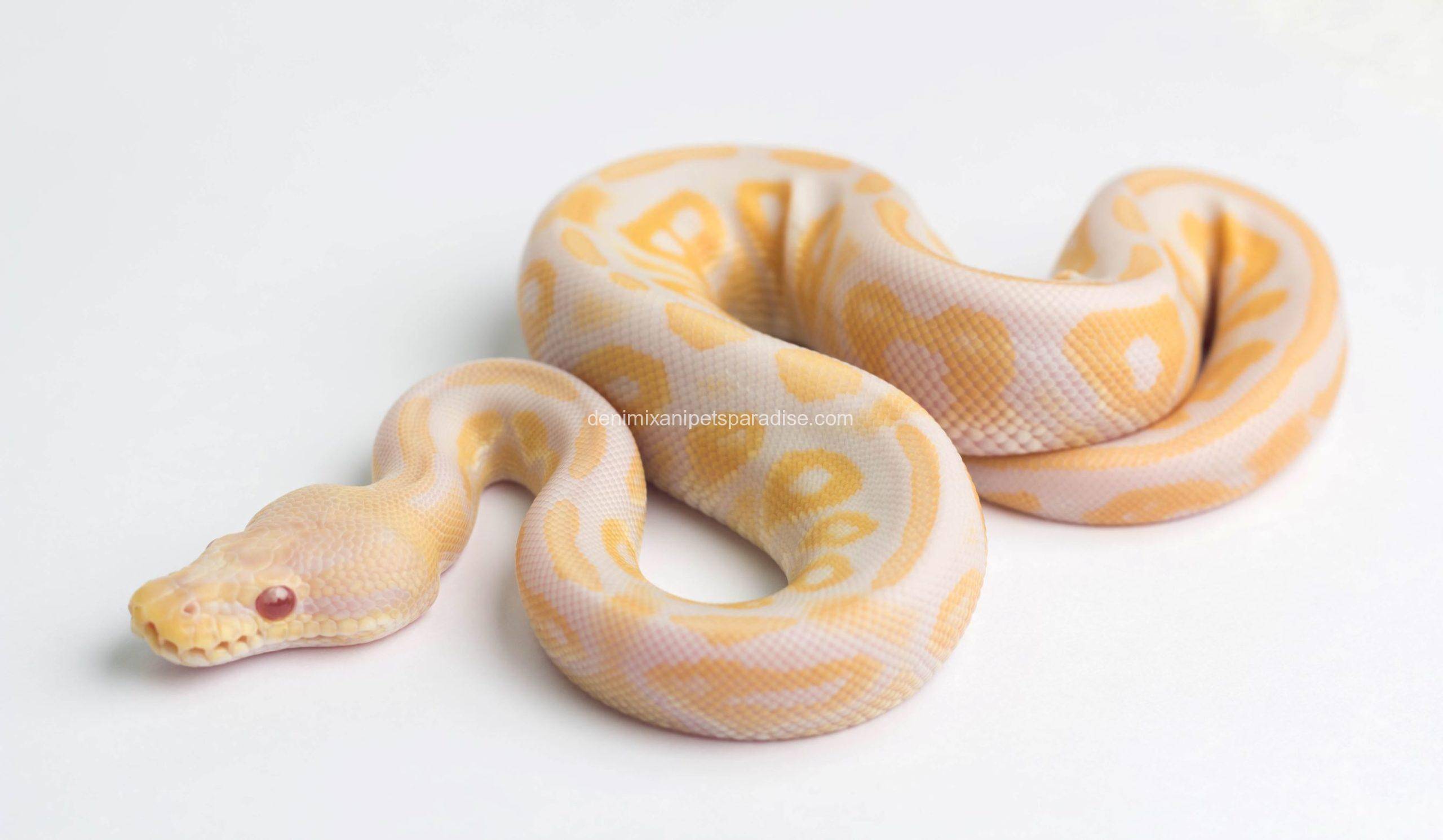


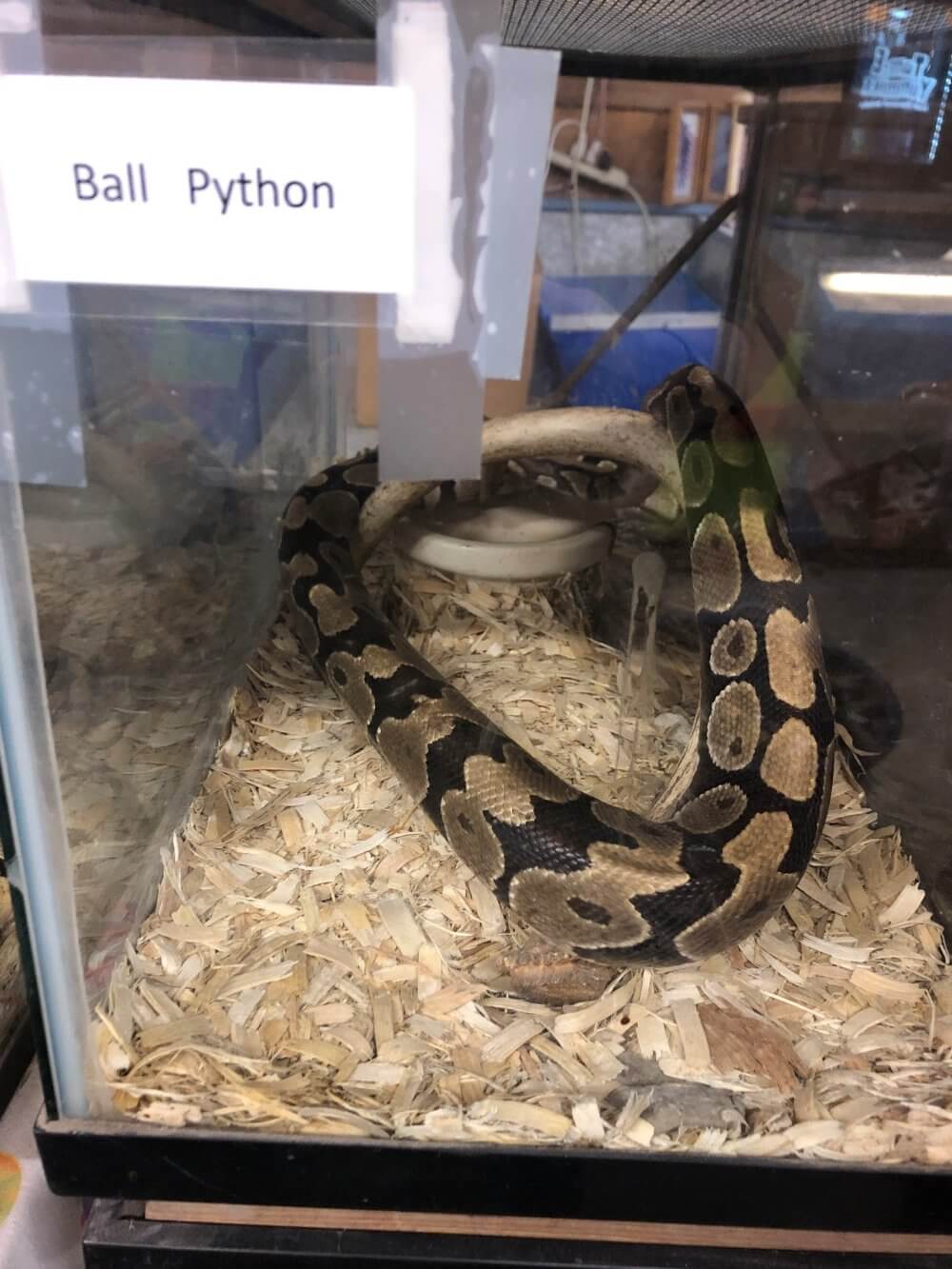


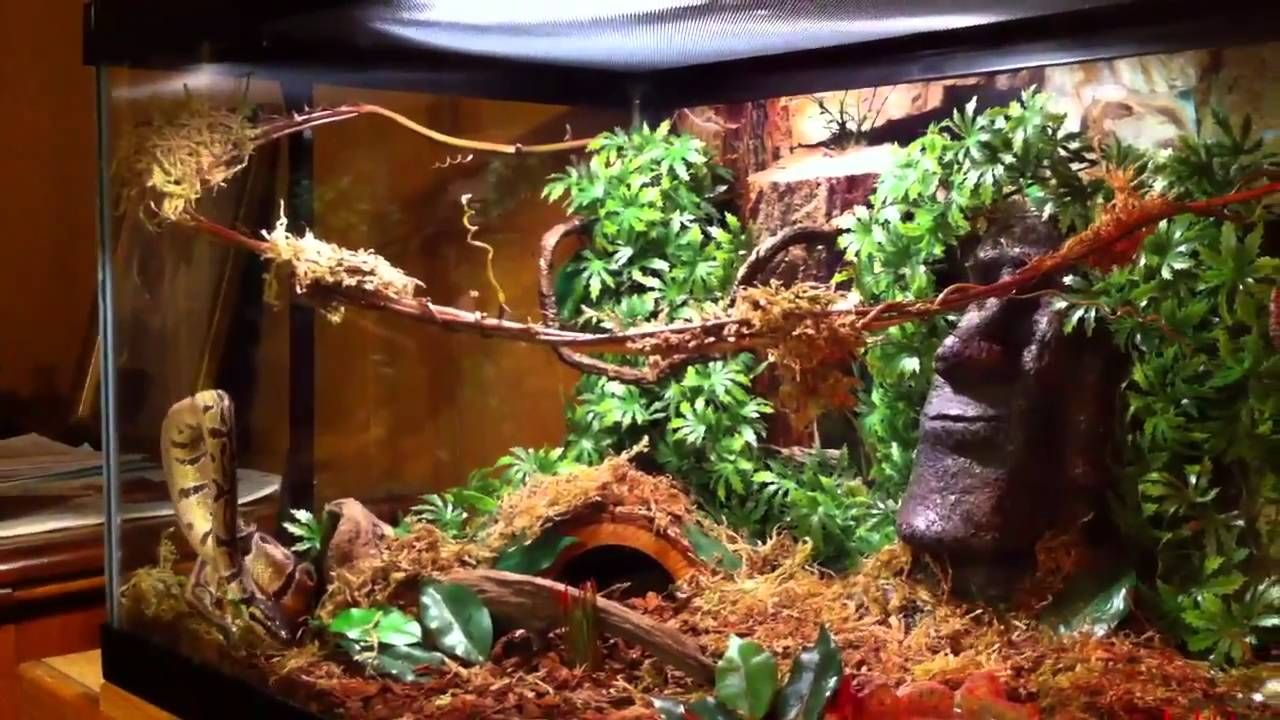

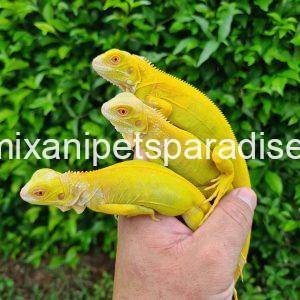
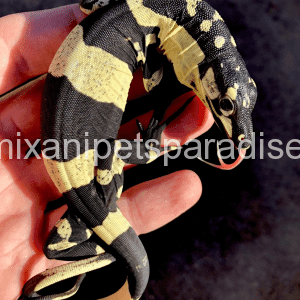
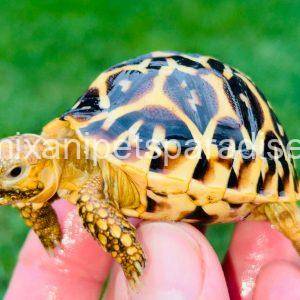
Reviews
There are no reviews yet